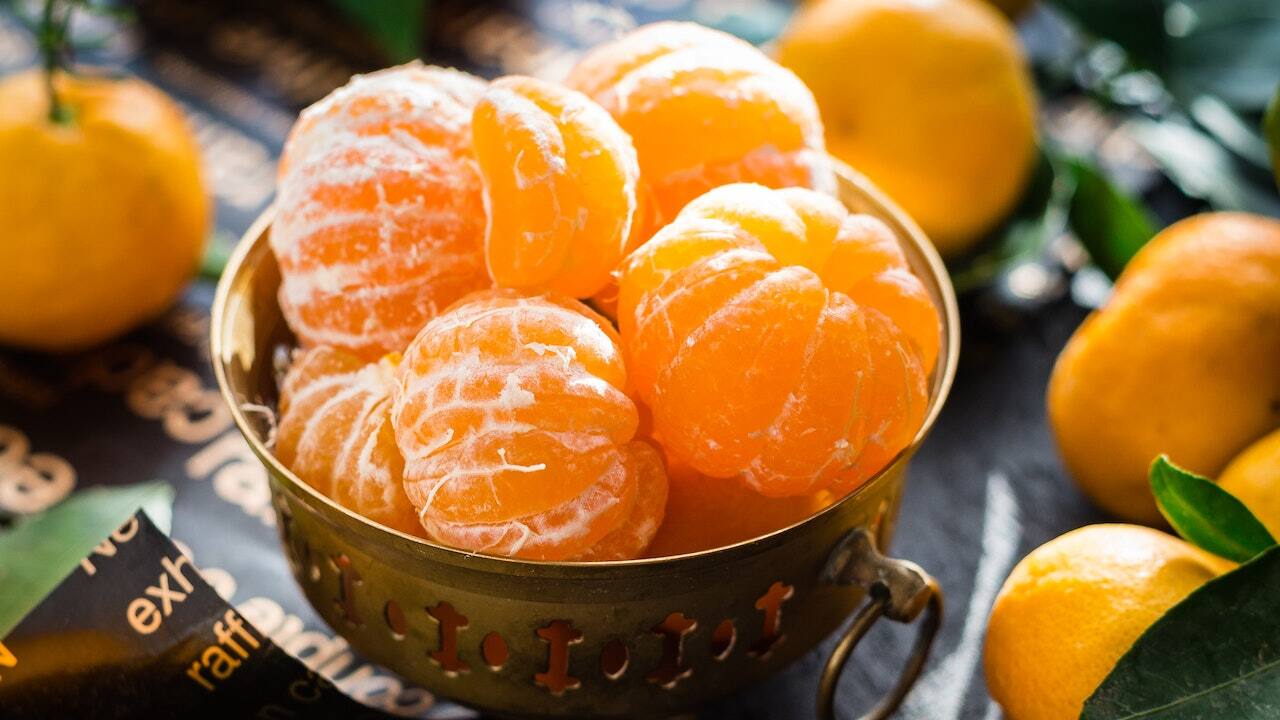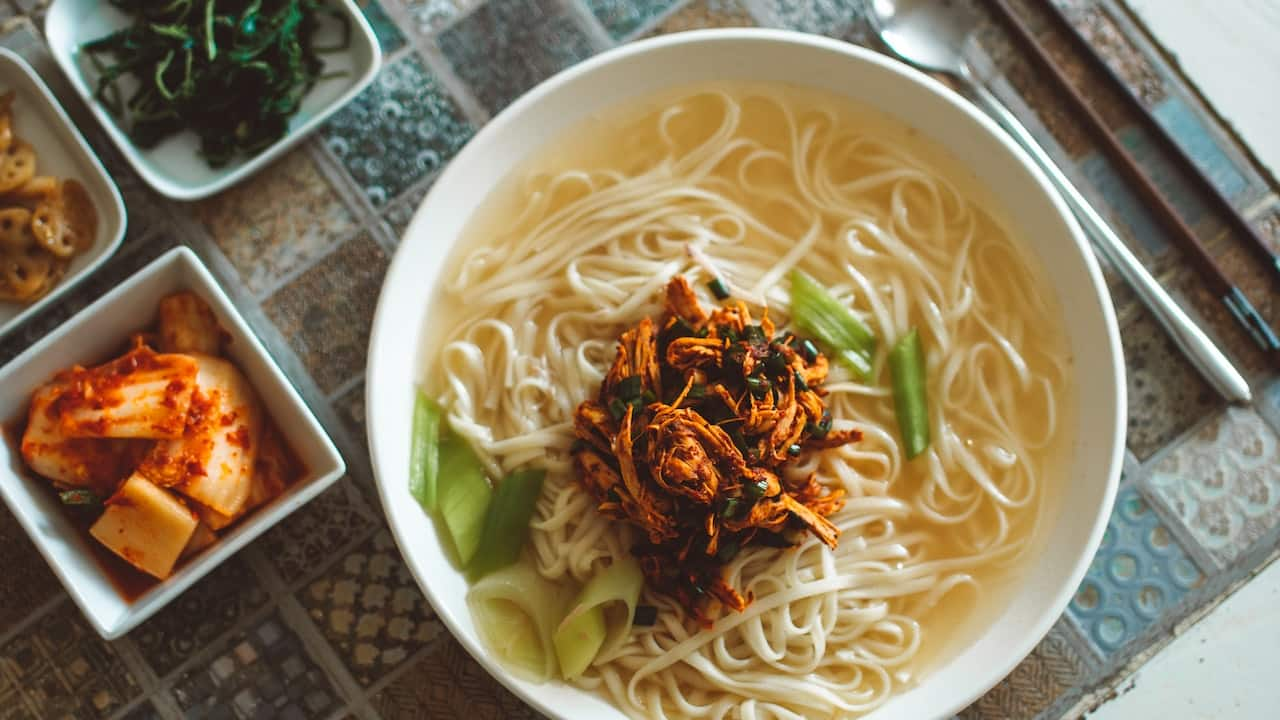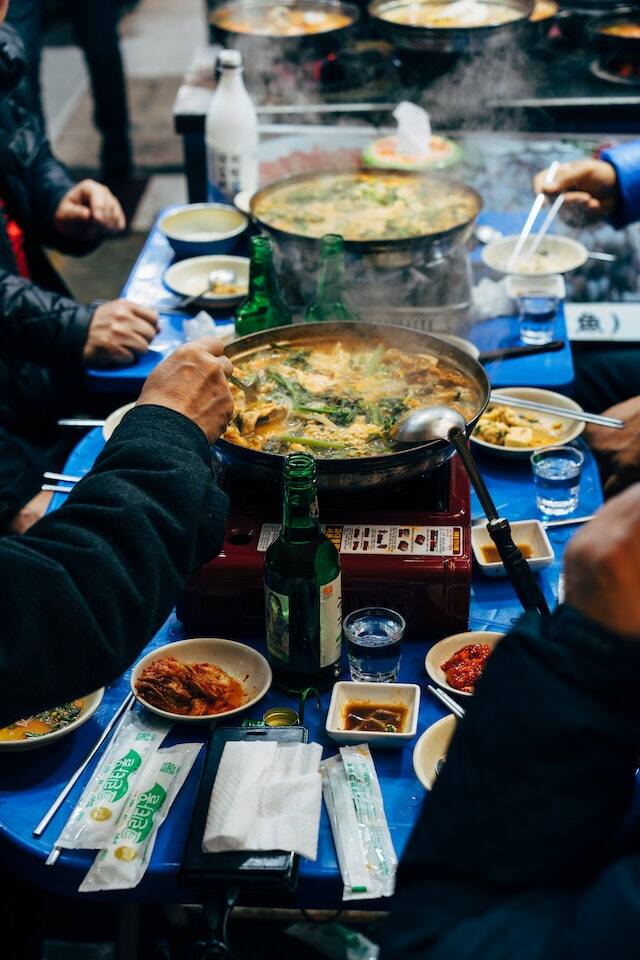



Note to readers: On-ground research for this article occurred during a recent trip on which the writer was hosted by the Korea Tourism Organisation.
Chicken stock, fish sauce, shrimp paste, prawn heads, pork or duck fat, bone broths and anchovies are common ingredients in sauces and dishes in many parts of the world. If you are vegetarian, it is a good idea to ask your server for the list of ingredients in your meal. Thankfully, most places across Asia and the world offer some great vegetarian and vegan options.
Following is a list of a delightful assortment of vegetarian Korean dishes prepared using local and regional ingredients, that you can find on Jeju Island in South Korea:
At Yungjunele Restaurant, order Goguma Twigim which is a dish made by slicing and deep-frying sweet potatoes. Melt-in-mouth Tofu can be eaten with soy sauce. Red Bean Rice Cake with spicy Gochujang, a Korean paste made from chillies, is a safe option too.
 Don't miss tangerines, tangerine ice-cream and tangerine chocolates while you're in Jeju, South Korea. (Photo via Pixabay/Pexels)
Don't miss tangerines, tangerine ice-cream and tangerine chocolates while you're in Jeju, South Korea. (Photo via Pixabay/Pexels)
An interesting side dish is Kongnamul Muchim, which is soybean sprouts that are mildly seasoned with finely chopped garlic and sesame oil. Spring onions are added before serving. No Korean meal is complete without Kimchi and in Jeju, you can relish Kimchi prepared with Korean radish as well as napa cabbage. The dish is such an intrinsic part of South Korean culinary culture than most Koreans have two refrigerators- one exclusively for storing Kimchi.
Step into Hanjang Keun, another restaurant serving Korean vegetarian dishes. A dinner here comprises a warm bowl of Seaweed Soup and Gimmari or Kimari which is a roll of seaweed wrapped around glass noodles. This deep-fried roll is a popular street food and at the restaurant is served with Vegetable Fritters.
By the time you finish soup and fritters, the grill on each table is warmed to grill mushrooms. There is more soup - this one is made from tofu. Salad and Kimchi are staples for the meal. Japchae, which is Korean glass noodles containing the starch of sweet potatoes, are stir fried and served with vegetables liked diced carrots, cabbage and capsicum.
 Try soups and noodles, including vegetarian Japchae (Korean glass noodles). (Representational photo by Roman Odintsov via Pexels)
Try soups and noodles, including vegetarian Japchae (Korean glass noodles). (Representational photo by Roman Odintsov via Pexels)
As you explore Jeju, continue to indulge in typical Korean dishes like Kongguksu which is a cold soup prepared with noodles and soy milk. Mung Bean Jelly and baby potatoes boiled down in soy sauce are common side dishes. For a spicy accompaniment, there is Ssamjang which is made from fermented soy beans and gochujang.
If you are craving Indian cuisine, then head to Bagdad Café located at Gwandeok-ro. A popular eatery for vegetarian Indian food, the head chef speaks fluent Hindi. The Butter Naan is famous and can be eaten with either Chana Masala or Dal Makhani. Hot Aloo Parathas or Paneer Butter Masala on a bed of Basmati Rice are on the table, too. You can sip on Mango Lassi or savour a Masala Chai. End the meal with Gulab Jamun.
Convenience stores like Lotte, 7-Eleven, Emart and Cu, which can be easily identified with its catchy signage of ‘Nice to CU’, stock a variety of Korean snacks, candy, vegetables and fruits including Jeju’s immensely popular tangerines. Snacks include roasted seaweed, potato chips and snacks made from puffed rice in both savoury and sweet versions.
 (Representational photo by Markus Winkler via Pexels)
(Representational photo by Markus Winkler via Pexels)
Ghana is the popular chocolate brand while Pepero is so well loved that November 11 is celebrated as Pepero Day in South Korea. It is pretzel sticks half coated with chocolate and comes in flavours of original or chocolate, strawberry and choco cookie. These convenience stores also sell banana, strawberry and melon flavoured milk and are open till 10 pm.
Don’t miss tangerine ice cream and tangerine chocolates while you're here- Jeju's tangerines are known for their sweet taste and have been eaten since centuries for their medicinal properties.
Good to know
Language: While Korean is the official language in South Korea, English is widely used. Communication is usually not a problem. Most road signages are in English as well as Korean.
Getting around: South Korea has an organized public transportation system. A T-money card can be used across all public transport systems for convenience and easy accessibility.
Best time to visit: The best time to visit is during Spring which is from March- May and Fall which is from September to November. You can enjoy cherry blossoms in Spring and the vibrant colours of Fall.
Discover the latest Business News, Sensex, and Nifty updates. Obtain Personal Finance insights, tax queries, and expert opinions on Moneycontrol or download the Moneycontrol App to stay updated!